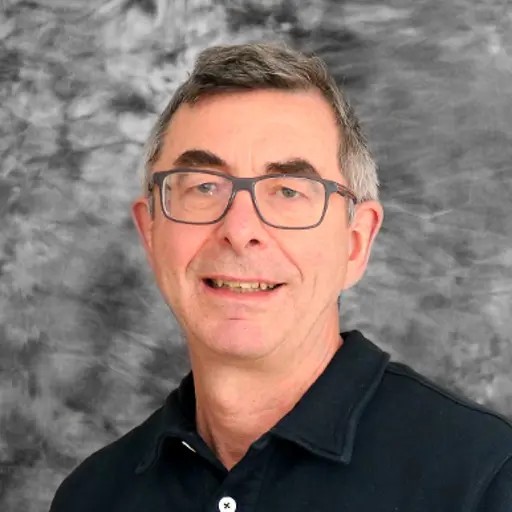On 29 April, the European climate satellite Biomass was launched from Europe’s Spaceport in Kourou, French Guiana. Onboard is groundbreaking technology capable of weighing the world’s forests from space – and research from Chalmers University of Technology has played a key role in the development of the mission.

Forests store vast amounts of carbon and therefore play a crucial role in the carbon cycle and in climate change. However, due to a lack of data on how much biomass forests contain, our understanding of the state of the world’s forests – and their contribution to and impact on the carbon cycle and climate – remains limited.
Almost exactly 20 years ago, Lars Ulander, Professor of Radar Remote Sensing at Chalmers University of Technology, and a few colleagues submitted a proposal to the European Space Agency (ESA) for a new satellite mission to measure global forest biomass.
“Our idea was to use a very special type of radar to map the world’s forests from space. The goal was to understand how forests affect the climate – and how climate change affects forests,” says Lars Ulander.
Twenty years later, the Biomass satellite is set to do just that. Its radar instrument operates using very long wavelengths that can penetrate the forest canopy and provide a complete picture of the entire tree. In this way, the satellite can observe the total mass of all living forest biomass across the planet.
From its orbit at an altitude of 666 kilometres, the satellite will continuously produce global maps, enabling climate scientists to monitor changes and developments in the world’s forests. With more accurate data, researchers can improve climate models and gain deeper insight into the carbon cycle – ultimately supporting decision-makers in implementing more effective climate action.

More info:
You can read more on the European Space Agency's site about the Biomass project.
A video detailing the project is also available on the ESA Youtube Channel.
The ESA Website also have a variety of images for download, from the preparations as well as the launch.
You can also read about the satellite (in Swedish) on the Swedish Space Agency's website: Ny satellit ska väga världens skogar från rymden. There is also a longer interview with Lars Ulander available there: Lars Ulanders livsgärning på väg mot rymden
Contact:
- Head of Division, Geoscience and Remote Sensing, Space, Earth and Environment
